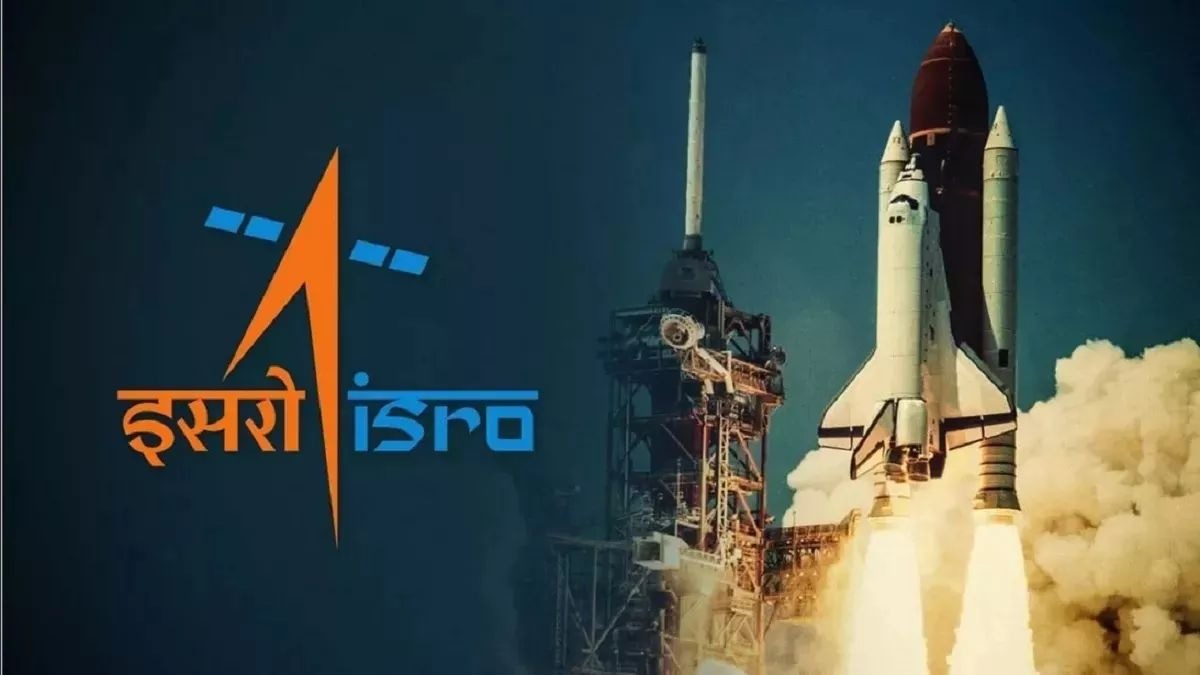 Overview of ISRO’s XPoSat mission
Overview of ISRO’s XPoSat mission
The XPoSat mission is not only India’s first dedicated polarimetry mission but also the world’s second, following NASA’s Imaging X-ray Polarimetry Explorer (IXPE) launched in 2021. This satellite aims to collect data on X-rays, shedding light on black holes and neutron stars.
Significance of the mission for India’s space exploration
This mission signifies India’s growing prowess in space research, contributing to the global understanding of the cosmos. As we delve into the details, the importance of the XPoSat mission becomes more evident.
Mission Objectives
Detailed exploration goals of XPoSat
The primary objective of XPoSat is to study 50 of the brightest known sources in the universe, including pulsars, black hole X-ray binaries, active galactic nuclei, neutron stars, and non-thermal supernova remnants.
Comparison with NASA’s IXPE mission
Building on the success of NASA’s IXPE mission, XPoSat aims to make significant strides in understanding celestial phenomena, complementing and augmenting the global efforts in astrophysical research.
Scientific Focus
Studying luminous celestial sources
XPoSat will focus on luminous celestial sources, unraveling the mysteries of pulsars and their unique emissions.
Black holes and X-ray binaries
The satellite’s capability to study black hole X-ray binaries provides a crucial window into the dynamic and mysterious world of these cosmic behemoths.
Active galactic nuclei and neutron stars
By examining active galactic nuclei and neutron stars, XPoSat is set to contribute valuable data to the global astrophysical community.
Non-thermal supernova remnants
The mission includes the study of non-thermal supernova remnants, shedding light on the aftermath of these explosive cosmic events.
Orbital Placement
Setting up the satellite in a low Earth orbit
To achieve its scientific goals, XPoSat will be positioned in a low Earth orbit, approximately 500-700 kilometers above the Earth’s surface, ensuring optimal data collection.
Projected lifespan of the mission
With a mission lifespan of at least five years, XPoSat is expected to provide a wealth of information during its orbital journey. Collaborative Efforts
Development by Raman Research Institute with UR Rao Satellite Centre
The XPoSat mission is a collaborative effort, developed by the Raman Research Institute with the support of the UR Rao Satellite Centre (URSC), showcasing India’s prowess in collaborative space endeavors.
Contribution of the research community
Researchers and scientists from various domains have actively contributed to the mission, underscoring the importance of collaborative efforts in advancing space exploration.
Expectations and Hopes
Enhancing our understanding of the universe
XPoSat holds the promise of enhancing our understanding of the universe by providing unprecedented insights into the behavior of celestial bodies. Potential breakthroughs in astrophysics
As the satellite collects data on X-rays from various sources, there is anticipation of potential breakthroughs in astrophysics, challenging existing paradigms and expanding our cosmic knowledge.
Instrumentation
Spectroscopic and timing data
XPoSat’s instrumentation includes the collection of spectroscopic and timing data, crucial for unraveling the mysteries of the cosmic phenomena under study.
Key dimensions – Degree of polarization and angle
The satellite will measure two critical dimensions – the degree of polarization and angle – offering valuable information for refining current astrophysical models.
Addressing Astrophysical Ambiguities
Resolving uncertainties in current cosmological models
XPoSat’s mission extends beyond data collection; it aims to address uncertainties in current cosmological models, providing clarity on astrophysical phenomena.
B. Implications for future astrophysical research
The insights gained from XPoSat have the potential to shape future astrophysical research, guiding scientists toward new avenues of exploration.
XPoSat’s Unique Features
Distinct characteristics setting it apart
XPoSat boasts unique features that distinguish it from other space missions, making it a trailblazer in the field of astrophysics.
Technological advancements in the satellite
The satellite incorporates cutting-edge technology, showcasing India’s commitment to staying at the forefront of space research and technology.
 Suspense Crime Sach Ka Dam
Suspense Crime Sach Ka Dam


